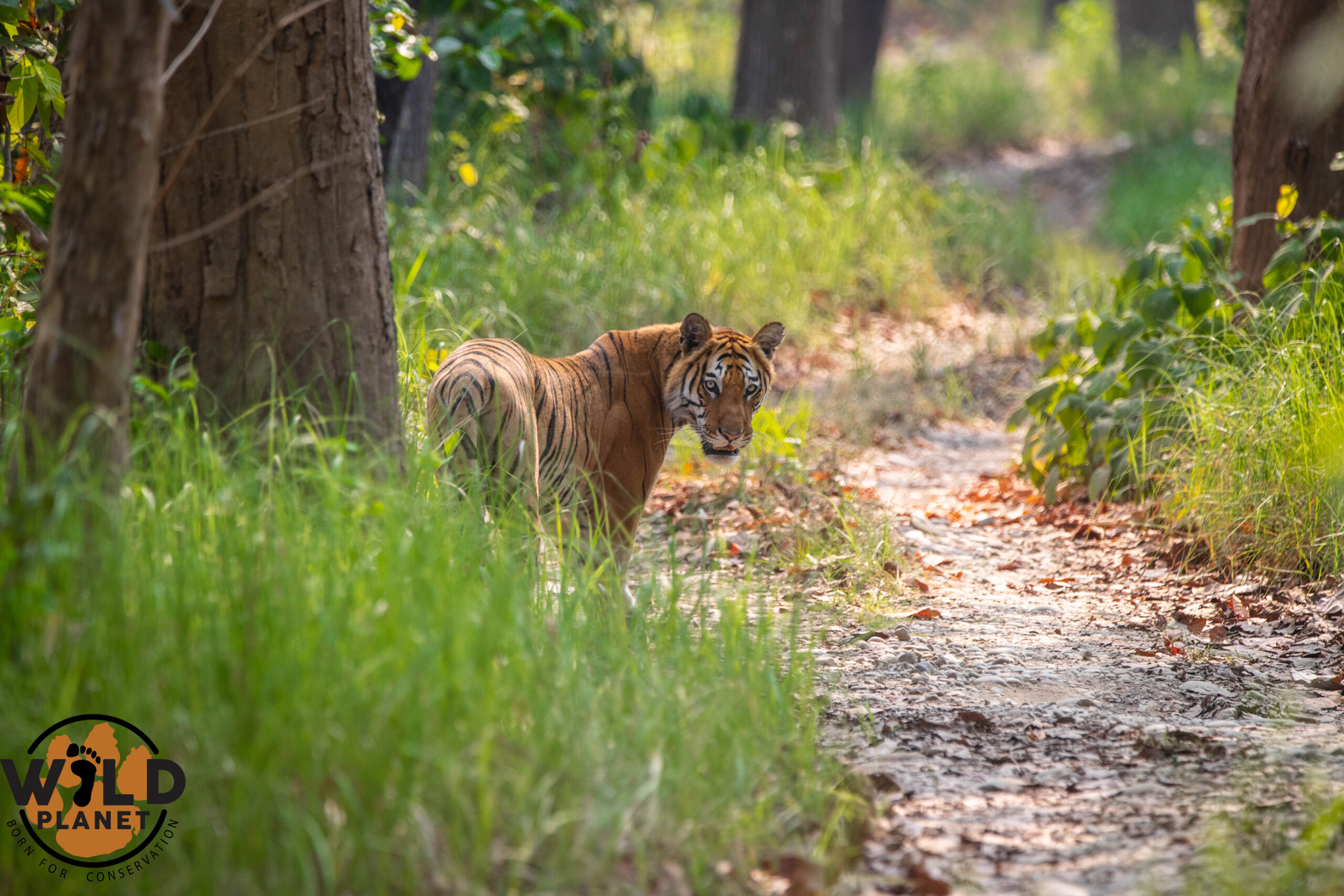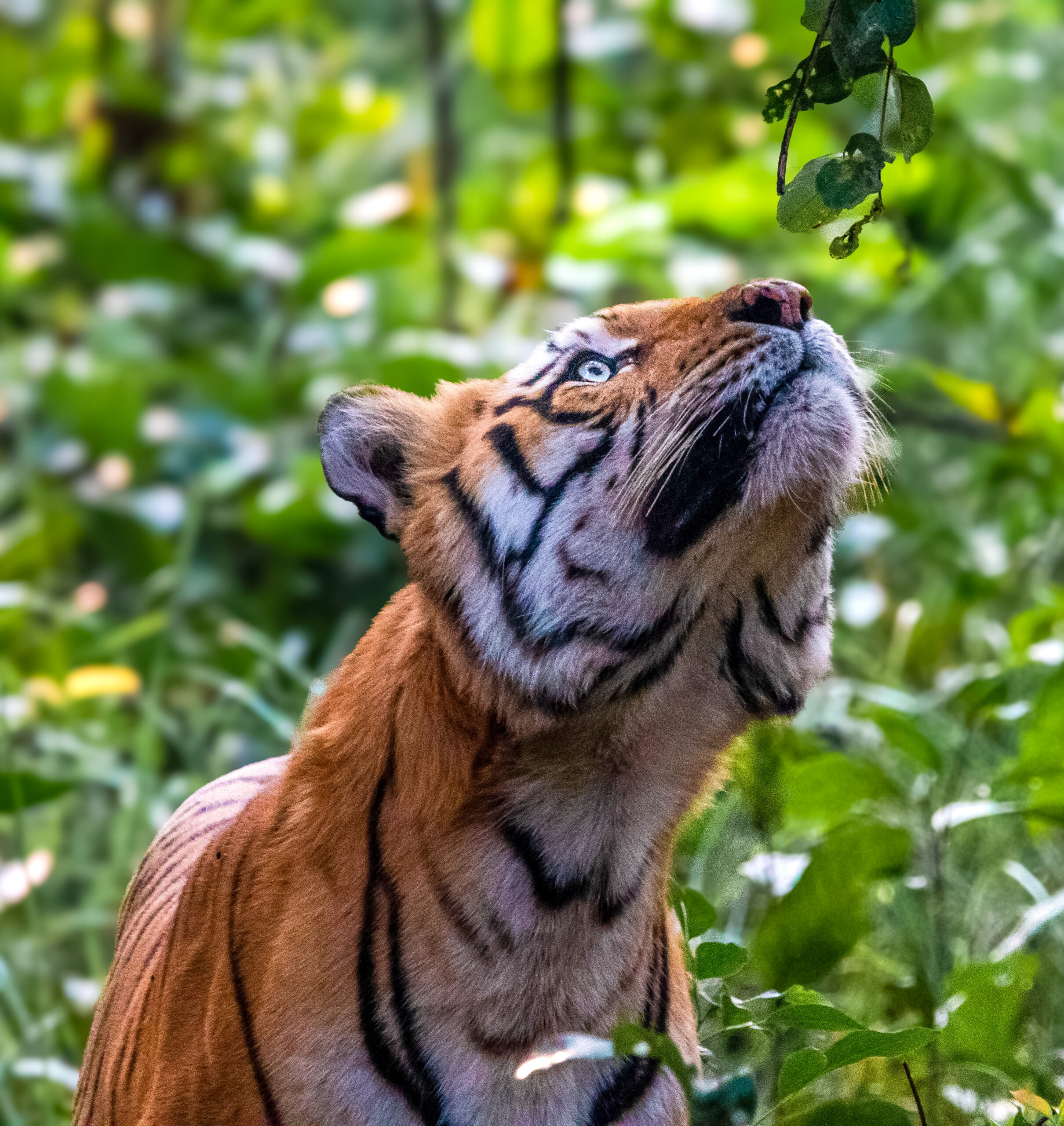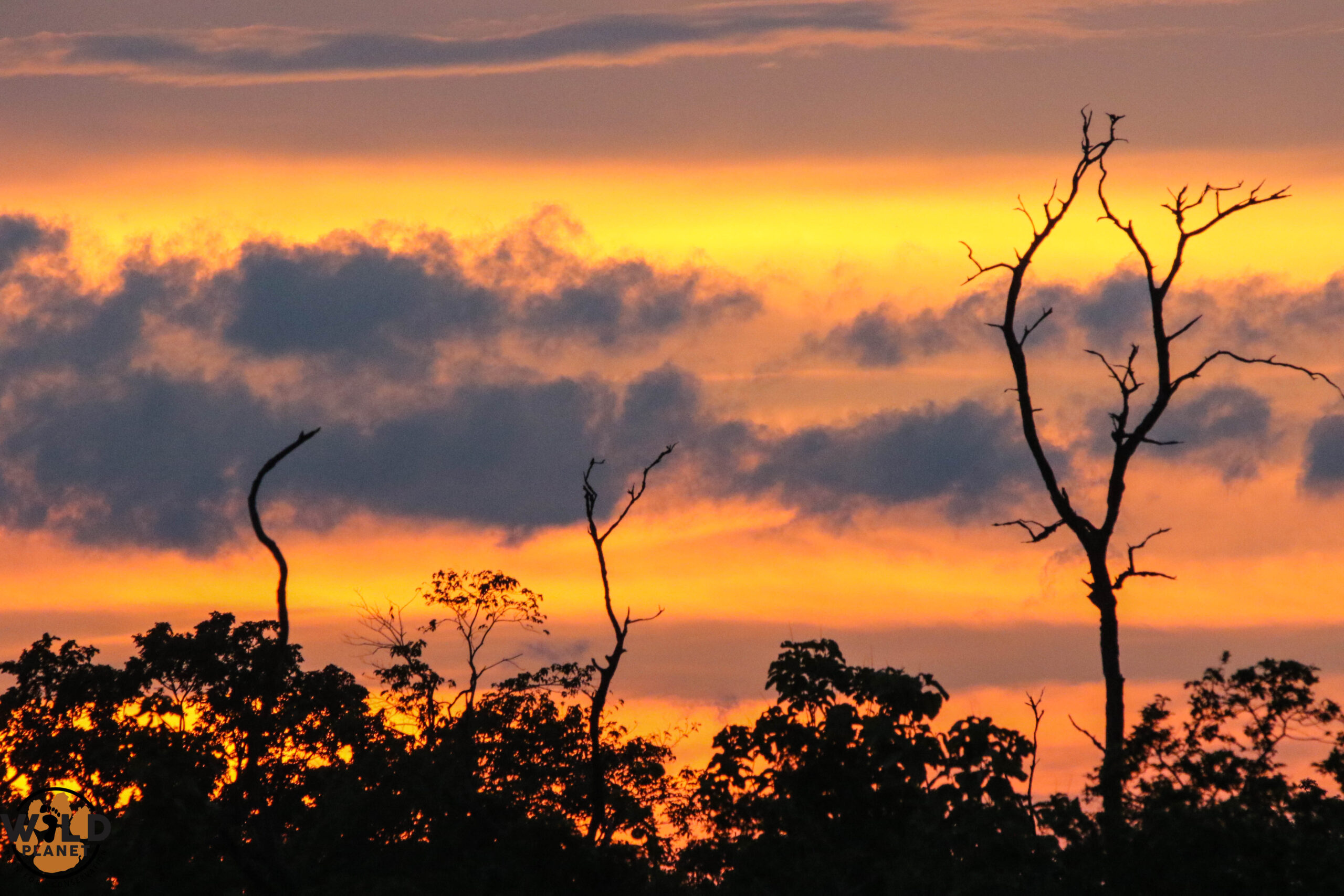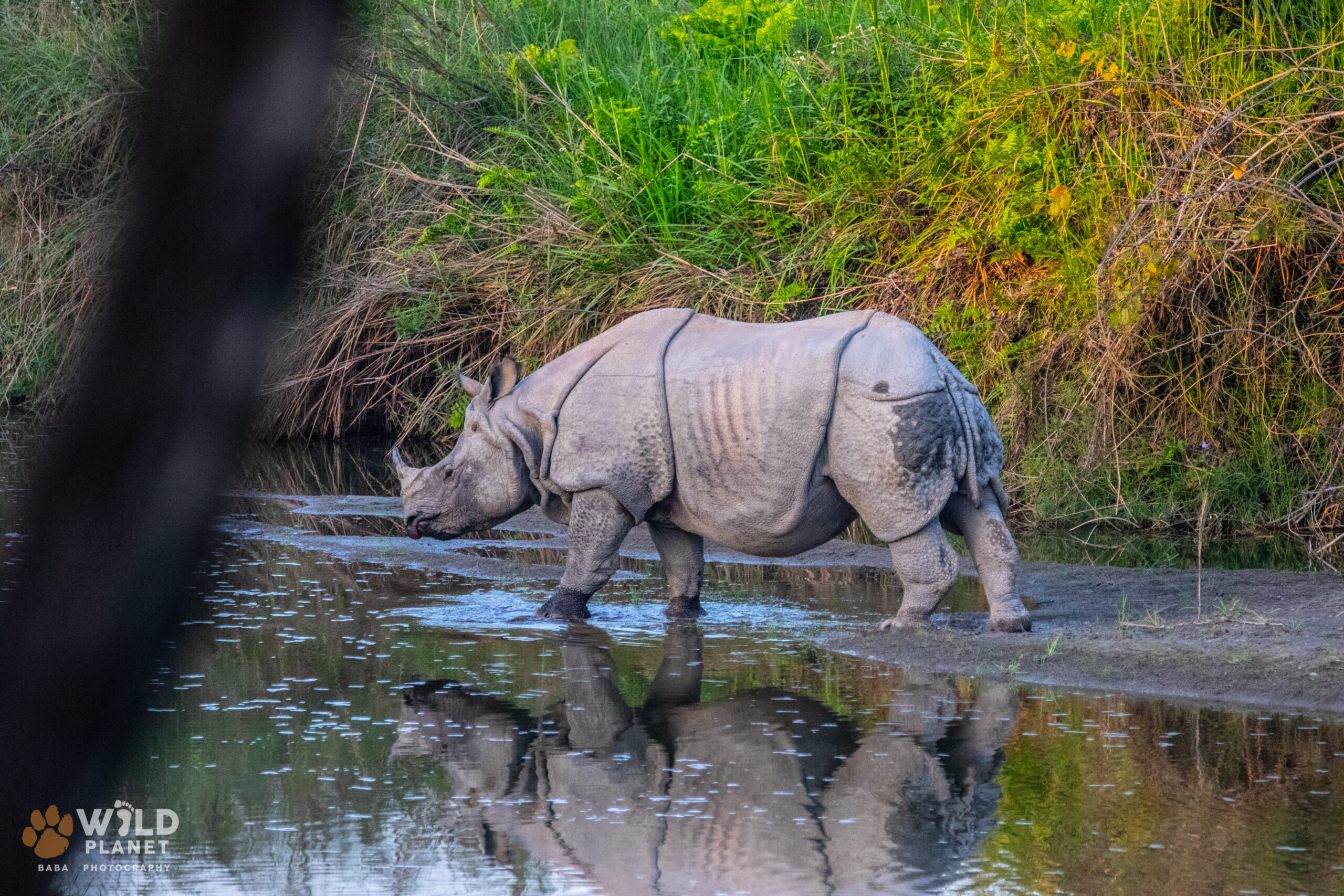
Bardia National Park
Bardia National Park, the largest in Nepal, is a haven for wildlife enthusiasts and nature lovers alike. Home to majestic Bengal tigers, endangered one-horned rhinoceroses, and over 500 species of birds, this untouched wilderness offers an unparalleled safari experience. Visitors can trek through dense jungles, float along serene rivers, and engage with the vibrant Tharu community, renowned for their sustainable way of life. Whether seeking thrilling wildlife encounters or cultural immersion, Bardia National Park is the ultimate destination for an authentic and unforgettable adventure in Nepal’s pristine landscapes.
The History of Bardia National Park
Bardia National Park was officially established in 1988, but its history as a protected area dates back further. Initially set aside as a hunting reserve for Nepal’s ruling class, the park’s focus shifted in the late 20th century toward wildlife conservation. The region became a haven for endangered species like the Bengal tiger and the one-horned rhinoceros, which now thrive in the park thanks to dedicated conservation efforts. Over the years, the park has grown into a symbol of Nepal’s commitment to preserving its natural heritage and has become a crucial part of wildlife protection in South Asia.


Discover Bardia National Park’s Incredible Biodiversity
Bardia National Park is renowned for its incredible biodiversity, offering a sanctuary for a wide range of species in the heart of Nepal’s wilderness. The park’s diverse ecosystems, from dense sal forests to lush riverine grasslands and winding rivers, create ideal habitats for a variety of animals. It’s one of the best places in Nepal to spot the elusive Bengal tiger, as well as the endangered one-horned rhinoceros, which have made a significant comeback thanks to ongoing conservation efforts.
Bardia is also home to wild elephants, the rare Ganges river dolphin, and gharials—a species of crocodile found in its pristine rivers. For birdwatchers, the park is a paradise, boasting over 400 species of birds, including the vibrant peafowl, the majestic crested serpent eagle, and the beautiful kingfisher.
The diversity of life in Bardia National Park is not only a draw for wildlife enthusiasts but also a key focus for conservation initiatives, making it a critical location for preserving some of South Asia’s most vulnerable species. Whether you’re trekking through its jungles or floating down its rivers, Bardia offers a truly immersive experience in one of Nepal’s last great wildernesses.
Conservation Efforts in Bardia National Park
Conservation Efforts in Bardia National Park have played a crucial role in protecting some of Nepal’s most endangered species and preserving its natural ecosystems. Originally a hunting reserve, the park shifted its focus in the late 20th century toward wildlife protection and habitat restoration. This transformation has led to a significant increase in the populations of species like the Bengal tiger, one-horned rhinoceros, and wild elephants.
One of the most successful conservation initiatives has been the park’s anti-poaching patrols, which have drastically reduced illegal hunting and allowed wildlife to thrive in their natural environment. The reintroduction of one-horned rhinoceroses from Chitwan National Park has been another triumph, ensuring genetic diversity and long-term survival of the species.
Additionally, Bardia is working closely with local communities, especially the Tharu people, to promote sustainable tourism and raise awareness about the importance of protecting wildlife. These joint efforts have not only supported the park’s ecosystems but also improved livelihoods in the region.
Bardia National Park stands as a beacon of conservation success, showcasing how dedicated efforts can revive and protect fragile ecosystems while fostering coexistence between humans and wildlife.


The Best Time to Visit Bardia National Park
The Best Time to Visit Bardia National Park is during the dry season, which spans from October to April. During this time, the weather is pleasant, and the vegetation is less dense, making it easier to spot wildlife. The cooler months, especially November to February, are ideal for seeing the park’s famous Bengal tigers, one-horned rhinoceroses, and wild elephants as they often come to the rivers to drink.
In the spring months of March and April, temperatures begin to rise, and wildlife viewing remains excellent, with a higher chance of spotting animals near water sources. This is also a great time for birdwatching, as migratory birds arrive and the park’s resident bird species are highly active.
While the monsoon season (June to September) brings lush greenery, it also makes the park less accessible due to heavy rains, and many tours are suspended. Therefore, the dry season remains the most popular and rewarding time to explore Bardia’s incredible biodiversity and enjoy jungle safaris, trekking, and wildlife photography.
Things to Do in Bardia National Park
Bardia National Park offers a range of exciting activities for visitors. From thrilling jungle safaris to peaceful nature walks, you can immerse yourself in the park’s incredible wildlife, including Bengal tigers and one-horned rhinoceroses. Enjoy birdwatching, discover local culture through Tharu village tours, or try river rafting and fishing along the scenic Karnali River. Whether you’re a wildlife enthusiast or a cultural explorer, Bardia provides a unique and unforgettable adventure.


How to Get to Bardia National Park
Bardia National Park, located in the far western part of Nepal, is accessible by both air and road. Here’s how you can reach this stunning wildlife destination:
1. By Road
For those who prefer to travel by road, there are regular buses from Kathmandu, Pokhara, or other cities like Butwal to Ambassa, the nearest bus stop to Bardia National Park. The bus journey from Kathmandu can take 12 to 15 hours, so it’s best suited for those looking for a budget-friendly or adventurous route. From Ambassa, the park’s entrance is just a short drive away, and local transport or jeeps can be arranged.
2. By Air
The quickest way to reach Bardia is by flying from Kathmandu to Nepalgunj, a city located about 2-3 hours from the park by road. Several domestic airlines offer daily flights, with the flight taking about 1 hour. From Nepalgunj, you can hire a private vehicle or take a local bus to reach Bardia.
3. By Private Vehicle
Renting a private car or jeep is another option, especially for travelers looking for flexibility and comfort. The drive from Kathmandu to Bardia takes about 13 to 15 hours, offering scenic views along the way.
4. From India
If you’re traveling from India, the nearest border crossing is at Dhangadhi or Mahendranagar. From there, you can take a local bus or hire a vehicle to reach Bardia National Park.
No matter how you choose to travel, the journey to Bardia is an adventure in itself, leading you to one of Nepal’s most serene and wildlife-rich destinations.
